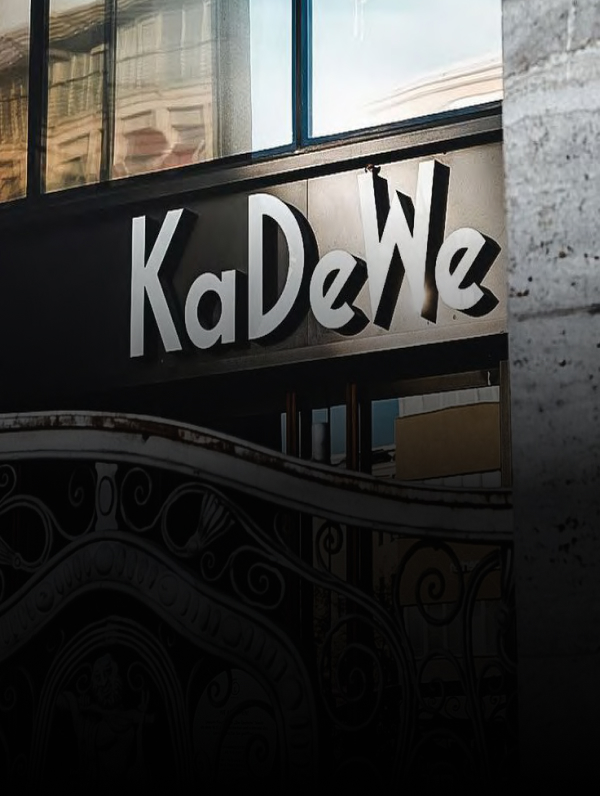-
Lösungen
Lösungen von Centric Software
Neu bei Centric PLM? Mehr erfahren
Was ist Centric Planning? Mehr erfahren
Nachfrageplanung Mehr erfahren
Was ist Centric Pricing & Inventory? Mehr erfahren
QUICK-LINKS
Mit Warenfinanzplanung auf ErfolgskursWas ist Centric Market Intelligence? Mehr erfahren
QUICK-LINKS
Worum geht es bei der Beobachtung der Preise von Mitbewerbern und welche Vorteile bietet das Preis-Benchmarking? Produktabgleich in der Mode- und Schuhbranche: Einsatz und NutzenBESTEHENDE BENUTZER
Hier anmeldenWas ist Centric Visual Boards? Mehr erfahren
-
Märkte
- Referenzen
- Ressourcen
- Events & Webinar
-
Über uns
Erfahren Sie mehr über Centric Software Demo Termin
Kontakt
Kontakt - Demo Termin












